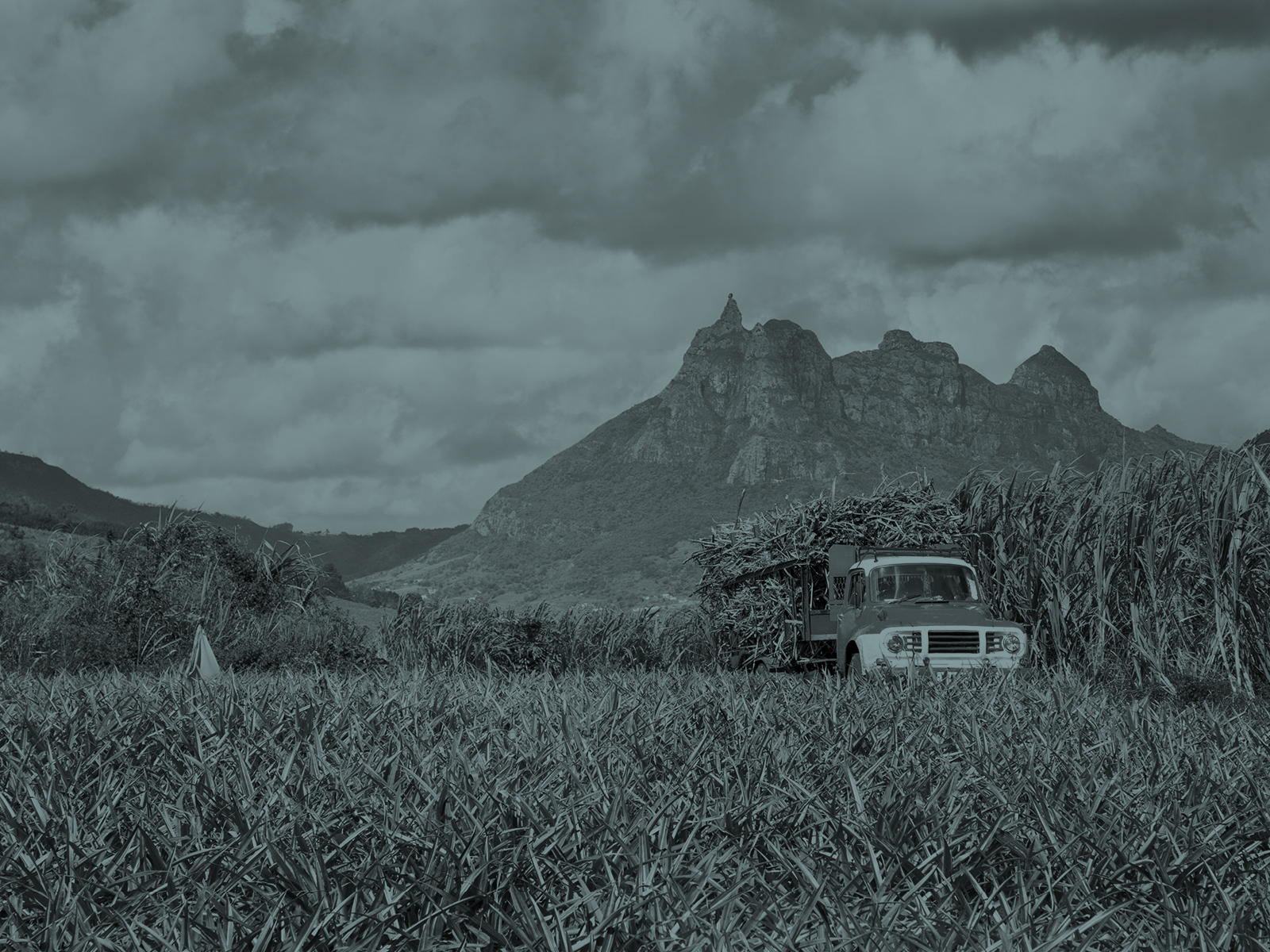What’s biochar, you ask? It’s charcoal, buried in the ground. Amazonian farmers discovered 3,000 years ago that doing so made the land much more fertile. They used a “slash and char” technique, mixing biomass into infertile soil to build up rich farming areas.
As a picture tells a thousand words, here are before-and-after photos of what biochar does to the soil.
[[{"type":"media","view_mode":"media_large","fid":"278","attributes":{"alt":"","class":"media-image","height":"213","width":"300"}}]]
[[{"fid":"19408","view_mode":"default","fields":{"format":"default","field_file_image_alt_text[und][0][value]":"Biochar comparision image","field_file_image_title_text[und][0][value]":"Biochar comparision image"},"type":"media","attributes":{}}]]
I know which one I'd rather grow maize in.
As you can see, biochar improves soil fertility, reducing the need for irrigation and fertilisers. Which means it boosts crop yields, which allows farmers to make a better living, which builds resilience into markets and raises communities out of poverty.
But that’s not all. Burying charcoal in the ground is an effective (if lowtech) form of carbon sequestration, trapping CO2 in an inert form underground and mitigating climate change. Stocking biochar in the soil also allows farmers to sell carbon credits on carbon markets.
And wait, there’s more. Biochar saves forests.
If you’re unaware of the scale of deforestation in Africa, consider this: the FAO estimates that during a five year period between 2000 and 2005, Nigeria lost 55.7% of its primary forests. While countries like Brazil and Indonesia are managing to slow deforestation, rates are on the increase in the Congo Basin, the world’s second largest tropical forest and home to many endangered species (gorillas, forest elephants, bonobos...).
Deforestation is driven by different forces (economic development, mining, illegal logging, slash-and-burn farming), but Rachel Kyte at the World Bank gets to the heart of the issue by saying “forests cannot be sustained if people are hungry. Hunger places a direct burden on forests when people are forced to push deeper into forested areas to grow crops.” As the Incas knew, putting biochar in the soil means not needing to pack up and leave, in search of arable land.
Here is the project that sparked my enthusiasm. The Congo Basin Forest Fund, set up in 2008 with government funding from Norway and the UK, is supporting an initiative run by ADAPEL, a Congolese NGO, teaching farmers how to use biochar. It’s a compelling story, and here’s a video that shows how it works; I urge you to take a look (06’24 onwards).
It looks like smallholder vulnerability, soil degradation, deforestation and climate change go hand in hand. We’ll be exploring these connections at The Economist’s upcoming World Forests Summit in Stockholm* and our Feeding the World conferences in Johannesburg and Amsterdam.
If you have any thoughts on biochar’s role in combating climate change, food insecurity or deforestation, I’d welcome your comments below.
Dougal
* Nobody does sustainable forest management like the Swedes. There’s an appealing video here that has me toying with the idea of starting a new life as a Nordic forester.




